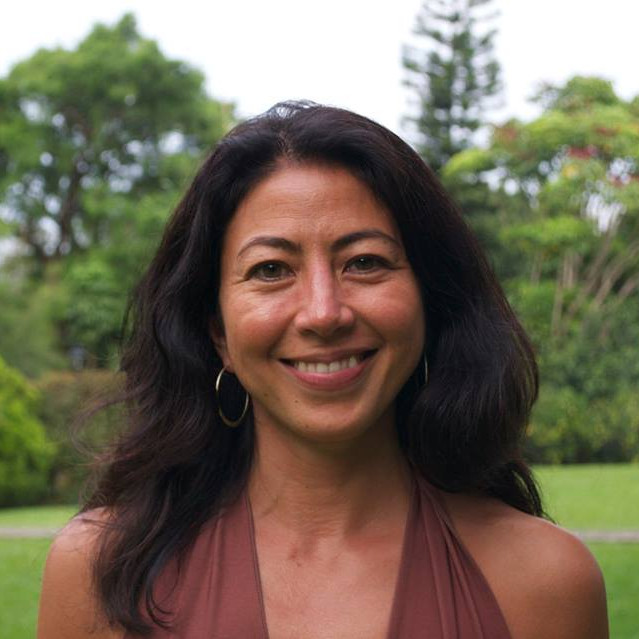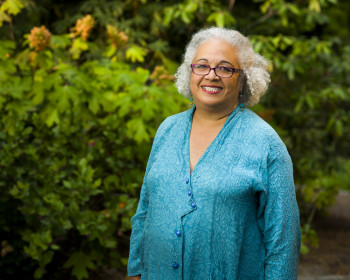Meet our new faculty: Reiko Hillyer
Open gallery

The following Q&A is part of a series created by the college dean’s office to introduce new faculty. Assistant Professor of History Reiko Hillyer may already be a familiar face on the Lewis & Clark campus, but this year she’s taking a new position among our faculty. Learn more about her in the interview below.
Education: I got my BA at Yale University and my PhD at Columbia University.
Research and teaching interests: I am a social and cultural historian of the U.S. in the 19th and 20th centuries, with specialties that include the American South, African American history, and the history of public memory. A methodological commitment that runs throughout my work is the history of the built environment, which means looking at physical space—from factories to theme parks—as a way of understanding historical processes. The first course I created at Lewis & Clark when I arrived as a fellow in 2004—called “Constructing the American Landscape”—came out of those interests, and I have been offering it ever since. I have also taught courses on African American history and on the Civil Rights Movement in history and memory. I piloted an inside-out prison exchange course on the history of crime and punishment in the United States, offered in a prison to an integrated group of undergraduates and incarcerated students. I am offering this course again in the spring of 2015 and hope to make it a permanent course at Lewis & Clark.
What most excites you about joining the Lewis & Clark community?
I have been lucky enough to have been part of the Lewis & Clark community since 2004 (excluding a year at Colorado College and a semester at Willamette). I have been consistently nourished and challenged by curious, idealistic, unpretentious, creative, activist, and bright students, and surrounded by a supportive, stimulating, and devoted faculty. What excites me most about the transition to a tenure-track position is the opportunity to be a full participant in faculty discussions and decisions (though I may regret saying that!) and to have a sense that the work I put into developing courses will have some degree of longevity.
Describe the current trajectory of your scholarly research.
My first book, Designing Dixie: Tourism, Memory, and Urban Space in the New South, is forthcoming from the University of Virginia Press in 2015. The book is an effort to rethink public memory in the American South after the Civil War, and to explore how Southern cities crafted historical narratives and reshaped their physical landscapes to foster reconciliation with the North and thus the development of industrial capitalism in the South. In the process, these cities and their boosters forged allegiances with Northern capitalists and converted them into an ethos of Jim Crow. My interest in the control of space in relationship to capitalism recently merged with my growing interest in the history of criminal justice, and I am currently working on an article about the Guardian Angels, a largely black and Latino community policing organization that emerged in New York City in the 1980s.
What kind of hobbies or special activities do you enjoy outside of work?
I volunteer as a yoga instructor at Columbia River Correctional Institution and will soon be helping to launch an art workshop there with a local artist. I love film, food, and travel. I enjoy karaoke and have been known to sing with a band. I do not like to garden, and I wish I went hiking more.
What were your childhood goals/aspirations?
I don’t remember having any aspirations at all. Maybe at one point I wanted to be Annie on Broadway. But I do remember coming home from school and teaching my stuffed animals what I had learned in school that day.
What are you listening to in your car right now?
What car? I bike everywhere! Just kidding. I listen to hip hop, classic rock, and NPR.
What was your favorite childhood story?
My governess, Yuko-san, whom some people at Lewis & Clark may know, used to sit by my bed every night when I was little. She was “Angel 5” and I was “Angel 7.” We would count to three in as many languages we could think of—“Ichi, ni, san! Un, deux, trois! Eins, zwei, drei!”—and then Angel 5 and Angel 7 would swirl off into some magic land where a wonderful adventure would take place. Those were my favorite stories.
More The Source Stories
email source@lclark.edu

